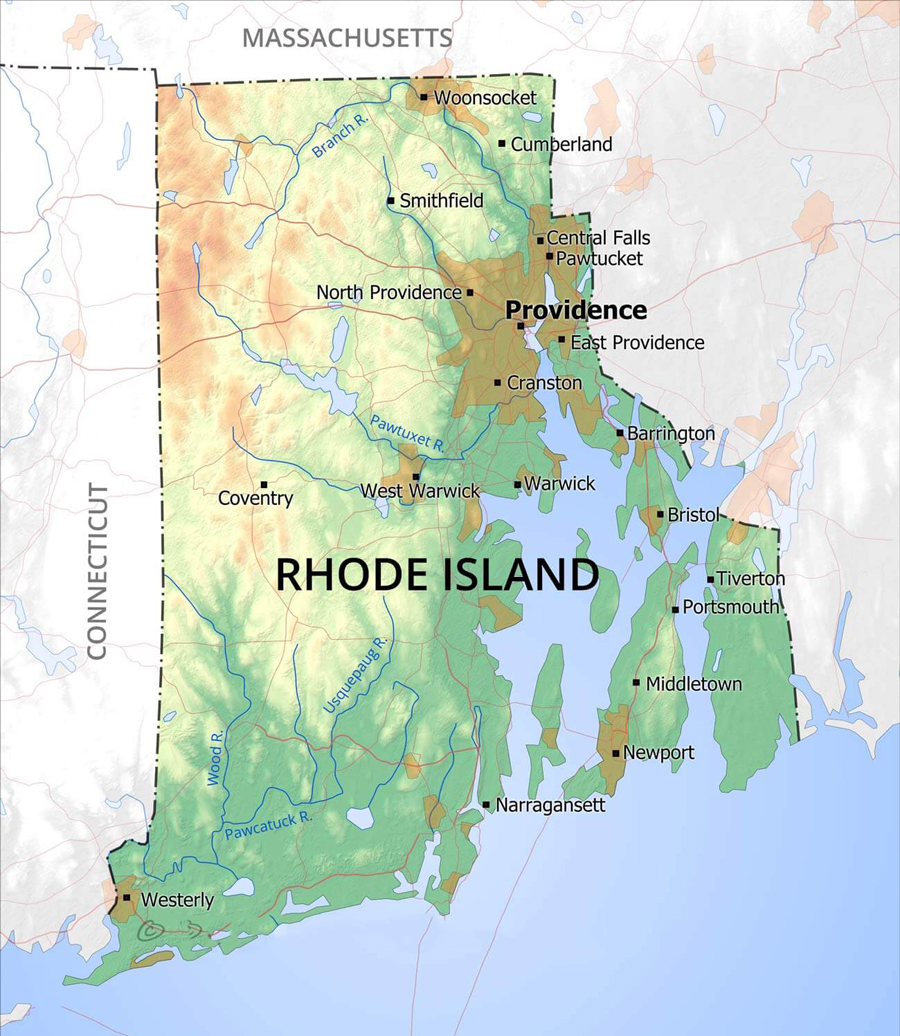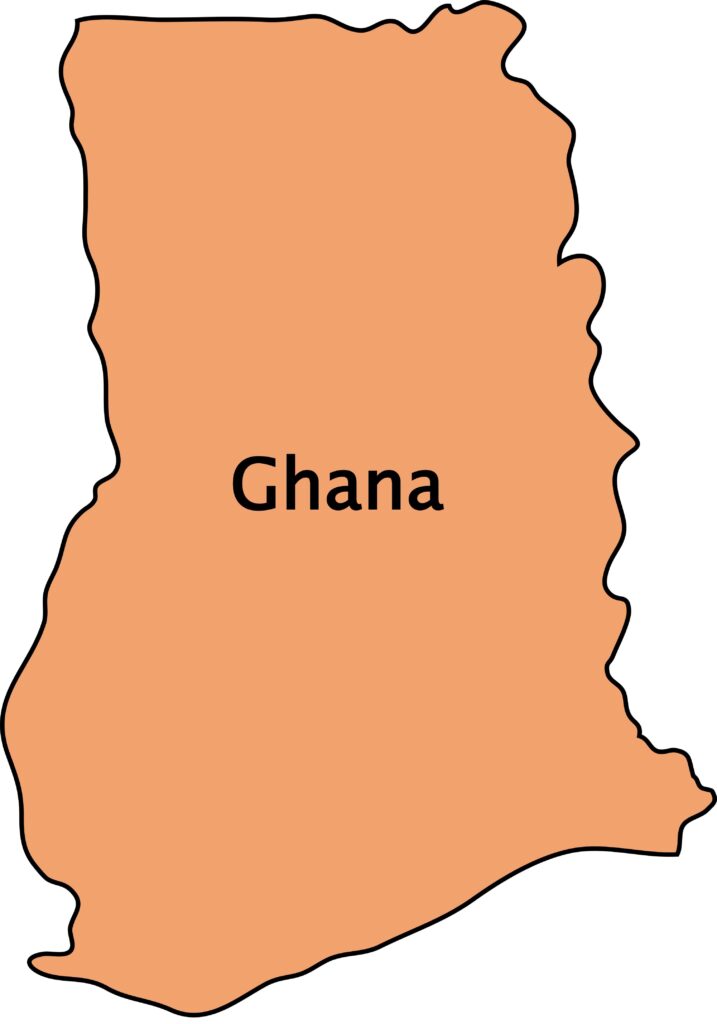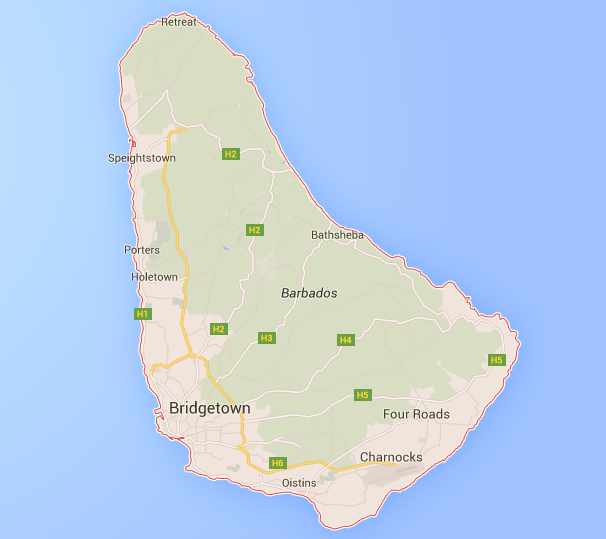Introduction to Rhode Island
Rhode Island, the smallest state in the United States, boasts a rich history, diverse culture, and unique geographical features. Understanding Rhode Island through maps enhances our appreciation of its compact yet significant presence in American history and culture.
Geography and Topography
Rhode Island’s geography is characterized by coastal plains, rolling hills, and numerous islands within Narragansett Bay. The state’s small size allows for easy exploration of its natural beauty and diverse ecosystems.
Political Map of Rhode Island
Rhode Island is divided into five counties: Providence, Kent, Washington, Newport, and Bristol. The political map highlights major cities like Providence, Warwick, and Newport, showcasing their importance in the state’s governance and economy.
Historical Maps of Rhode Island
Historical maps trace Rhode Island’s evolution from its early settlements by European colonists to its role in the American Revolutionary War and industrialization. Maps illustrate changes in land use, transportation networks, and urban development over time.
Demographic Overview
Rhode Island’s population is diverse, with a mix of ethnicities and cultures contributing to its vibrant community. Demographic maps show population distribution, urbanization trends, and the concentration of industries and educational institutions.
Economic Maps and Facts
Rhode Island’s economy historically relied on manufacturing, particularly textiles and jewelry production. Today, sectors such as healthcare, education, tourism, and marine industries play significant roles. Economic maps highlight key industries, trade routes, and economic development zones.
Cultural Diversity and Heritage
Cultural maps showcase Rhode Island’s heritage through historic sites, museums, festivals, and culinary traditions. The state’s cultural richness is celebrated in events like WaterFire Providence and festivals honoring ethnic communities.
Tourist Attractions and Destinations
Maps of tourist attractions feature Newport’s historic mansions, Block Island’s beaches, and Providence’s arts and culinary scenes. Rhode Island offers a blend of historical landmarks, natural beauty, and cultural experiences.
Current Issues and Challenges
Modern challenges facing Rhode Island include environmental concerns like sea-level rise and coastal erosion, economic disparities, and infrastructure needs. Maps illustrate these challenges and efforts towards sustainable development and resilience.
Future Prospects and Development
Future prospects for Rhode Island include investments in renewable energy, infrastructure upgrades, and initiatives to foster innovation and economic growth. Maps highlight planned developments and strategies for sustainable urban planning.
Conclusion
Rhode Island’s maps and facts provide a comprehensive view of its geography, history, culture, economy, and contemporary issues. By exploring Rhode Island through maps, we gain insights into its past achievements, present challenges, and future aspirations, making it a compelling study in American statehood and development.
What are 5 facts about Rhode Island?
Rhode Island is the smallest state in the U.S. by area. It was the first of the original 13 colonies to declare independence from British rule in 1776. The state is famous for its coastal scenery, including over 400 miles of coastline and numerous islands. Rhode Island is renowned for its seafood, particularly clam chowder and clam cakes. It is home to prestigious institutions like Brown University and the Rhode Island School of Design (RISD).
What type of geography is Rhode Island?
Rhode Island features a diverse geography characterized by coastal plains, rolling hills, and numerous islands within Narragansett Bay. Its compact size allows for easy access to both urban areas and natural landscapes.
What was Rhode Island most known for?
Rhode Island is most known for its historical significance as a haven for religious freedom and its early advocacy for independence. It was also a center of the American Industrial Revolution, particularly in textiles and jewelry manufacturing.
Who built Rhode Island?
Rhode Island was founded by Roger Williams in 1636. Williams, seeking religious freedom, established Providence and later secured a royal charter for the colony that became Rhode Island.
What was Rhode Island first called?
Rhode Island was originally named “Roodt Eylandt” or “Red Island” by Dutch explorer Adriaen Block due to the red clay along its shores. It was later officially named “Rhode Island and Providence Plantations” after merging the settlements of Providence and Rhode Island (Aquidneck Island).
What is the largest city in Rhode Island?
Providence is the largest city in Rhode Island. It is also the state capital and a major center for education, culture, and commerce.
What country owns Rhode Island?
Rhode Island is one of the 50 states of the United States of America. It was one of the original 13 colonies and gained statehood on May 29, 1790.
How many islands are in Rhode Island?
Rhode Island has over 30 islands, with the largest being Aquidneck Island (home to Newport), Conanicut Island (home to Jamestown), and Block Island.
What is the full name of the state of Rhode Island?
The full name of Rhode Island is “Rhode Island and Providence Plantations,” reflecting its early colonial history and the union of settlements on the mainland and Aquidneck Island.
How many cities are in Rhode Island?
Rhode Island has 39 cities and towns, each with its own distinct characteristics and communities, contributing to the state’s diverse cultural and economic landscape.
- Connecticut Maps & Facts - June 29, 2024
- Rhode Island Maps & Facts - June 28, 2024
- Arkansas Maps & Facts - June 26, 2024





